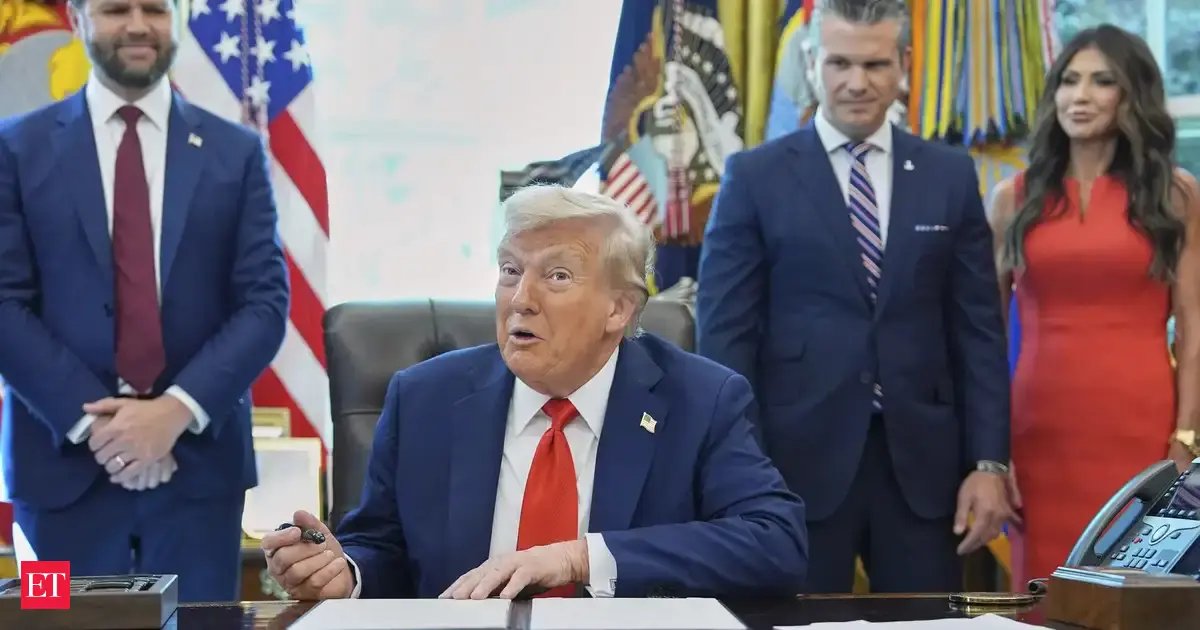📦 What Is a Tariff?
A tariff is a tax that one country places on goods imported from another country. It makes foreign products more expensive in the domestic market. Governments often use tariffs to protect local industries from international competition or as a tool during trade disputes.
For example, if the United States imposes a 50% tariff on Indian textiles, it means that when those goods arrive in the US, they become 50% more expensive due to the added tax. This can discourage American businesses and consumers from buying them.
How Tariffs Affect Indian Exports
Tariffs can seriously hurt India’s export-based industries. Here's how:
1. Higher Prices = Less Demand
When US tariffs increase, Indian goods become more expensive for American buyers. This leads to fewer sales, especially in price-sensitive sectors like:
Textiles and clothing
Gems and jewellery
Seafood
Leather goods
2. Factories Lose Orders
With reduced demand, Indian factories may receive fewer international orders. Some manufacturers may be forced to slow production or lay off workers. For example, textile hubs like Tirupur, Surat, and Delhi often suffer first.
3. Loss of Market Share
Other countries with lower or no tariffs — such as Vietnam, Thailand, or Bangladesh — can take India’s place in global supply chains. This puts long-term pressure on India’s export businesses.
4. Impact on Economy
The US is India’s largest export destination, accounting for a major portion of revenue. When tariffs disrupt that trade, it can:
Reduce India’s GDP growth
Widen the trade deficit
Lower foreign exchange earnings
5. Strained Political Relations
Tariffs can also create diplomatic tension. If one country feels unfairly targeted, it might respond with its own trade restrictions, or shift alliances (e.g., India strengthening ties with Russia or China).
🔍 Example: Tariffs on Indian Oil-Linked Exports
If the US imposes a 50% tariff because India buys oil from Russia, this is seen as a political message. But the economic impact is immediate:
Indian exports become uncompetitive
Exporters may struggle to stay profitable
Sectors like pharmaceuticals, electronics, and engineering goods may face long-term disruptions
🧾 Final Thoughts
Tariffs may look like a tool to pressure countries, but they often backfire. In the case of India, high US tariffs could hurt both sides — damaging Indian industries while increasing prices for American consumers.
To remain competitive, India may need to:
Explore new markets
Boost domestic consumption
Strengthen regional trade partnerships

Copyright © Webinfoco Nxt Bharat Private Limited